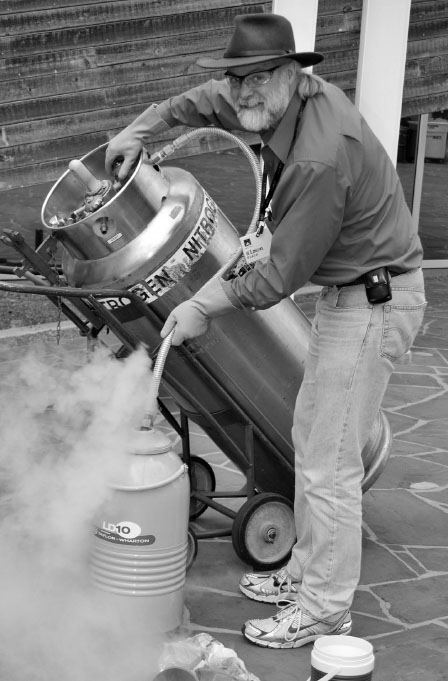
Your mother was a chemist. In the kitchen, she experimented with acids and bases, emulsions, suspensions, gels, and foams. She denatured proteins, crystallized compounds, reacted enzymes with substrates, and nurtured desired microbial life while suppressing harmful microbes. In other words, she cooked your dinner.
Cooking is often about combining ingredients to create something completely different. It involves many chemical and physical changes to the food that the cook carefully controls in order to produce the desired result. This book is about those changes. Understanding them might help make you a better cook, but my aim here is mostly to have fun.
You can learn a lot of science in the kitchen. But just looking at food in a different way can be fun and enlightening. How many of your favorite foods are foams? Bread, cake, whipped cream, marshmallows, ice cream, and meringue—all would be quite different if they didn’t have bubbles of gas in them. What makes some foods foam and others not? What happens when you heat a foam? What is actually going on in the bread that changes it from a sticky, runny dough or batter into a structural element that holds a sandwich together?
Knowing how things work also helps when you want to make changes to a recipe. What would you have to do if you wanted a harder cookie, or a softer one? What went wrong when you tried to make fudge but got a hard lump of rock in the pan instead? If you don’t want to use an ingredient that’s less than healthy or that you are allergic to, what should you replace it with? What other changes will you have to make?
A LITTLE WHILE BACK I made a big batch of ice cream for a group of Nobel Prize winners and other brilliant scientists at a scientific convention. I brought along a huge 160-liter Dewar flask of liquid nitrogen, and we made ice cream. At -321°F (-196°C), the liquid quickly cooled the ingredients to the right temperature. But at the same time, the nitrogen boiled vigorously, making a foam of nitrogen gas (basically air without the oxygen) to whip up the ice cream. Instead of a rock-hard chunk of ice, we got something closer to soft-serve—wonderfully smooth, the ice crystals so tiny the tongue mistook them for cream.
It is in that spirit that these pages will continue. Let’s have fun. Let’s play with our food.